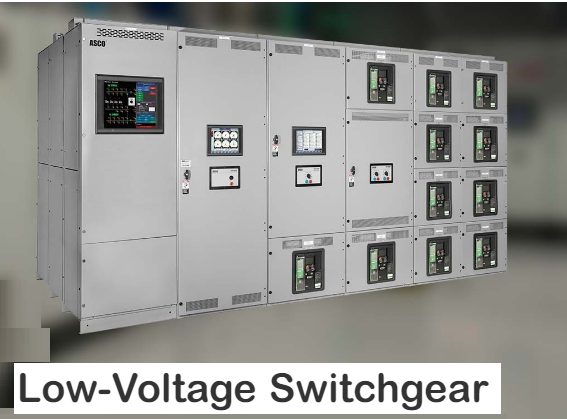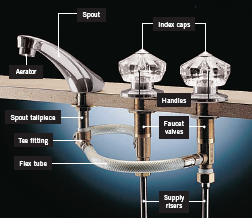Switchgear is a broad term that describes a wide variety of switching devices that all fulfill a common need: controlling, protecting, and isolating power systems. This definition can be extended to include devices to regulate and meter a power system, circuit breakers, and similar technology.
 |
| Switchgear |
Switchgear
What Is Switchgear?
Circuits are designed to handle a limited amount of electricity, and when too much current passes through, it can cause the wiring to overheat. This may damage vital electrical components, or even lead to fires. Switchgears are designed to defend equipment connected to a power supply from the threat of electrical overload.
Switchgear Definition
Switchgear is a broad term that describes a wide variety of switching devices that all fulfill a common need: controlling, protecting, and isolating power systems. This definition can be extended to include devices to regulate and meter a power system, circuit breakers, and similar technology.
In the event of an electrical surge, an effective switchgear will trigger, automatically interrupting the flow of power and protecting the electrical systems from damage. Switchgears are also used for de-energizing equipment for safe testing, maintenance, and fault clearing.
Switchgear Examples
The term switchgear may refer to different systems and components. Switchgear examples include the following:
- Switches
- Fuses
- Isolators
- Relays
- Circuit Breakers
- Lightning Arresters
Switchgear types
There are three different classes of switchgear systems :
- low-voltage
- medium-voltage
- and high-voltage
High-Voltage Switchgears
Medium-voltage switchgear
Medium-voltage switchgear are used in systems from 1KV up to 75KV. This switchgear is often found in systems involving motors, feeder circuits, generators, and transmission and distribution lines.
 |
| Medium-Voltage Switchgear |
Low-voltage switchgear
Low-voltage switchgear are designed to regulate systems of up to 1KV. These are commonly found on the low-voltage sides of power-distribution transformers and are used across a variety of industries.
 |
| LOW VOLTAGE SWITCHGEAR |
Isolating Media
In addition to the different voltage levels, switchgear may also differ in isolating media used to protect energized devices from electrical faults. The switchgear enclosure may make use of various insulators with different dielectric properties or other characteristics.
Air
Although the least expensive insulation option, air has a low dielectric strength, making it a relatively poor insulator. As a result, air-insulated devices are typically larger than devices insulated by other media.
Fluid
Fluid offers better insulation when compared to air and is similarly inexpensive. Fluid also provides the added advantage of cooling for overheated systems.
Gas
Pressurized gas also offers increased dielectric strength compared to standard air insulation. Although Sulfur Hexafluoride is a common insulating gas for switchgear systems, other gases may be used in its place.
Oil
Oil has a high dielectric strength and may also provide increased cooling benefits.
Solid
Although less common and more expensive than some other options, solid, non-conductive materials can provide exceptional dielectric strength, as well as resistance to chemical and thermal deterioration.
Switchgear vs. Switchboard
The term “switchgear” is sometimes used synonymously with “switchboard.” However, these two types of equipment vary by how they are constructed.
Switchgear features compartmentalized construction to limit arcing risks from inadvertent contact with energized equipment. Compartmentation is not required in a switchboard, enabling greater configurability and more equipment to be installed in each frame.




0 Comments